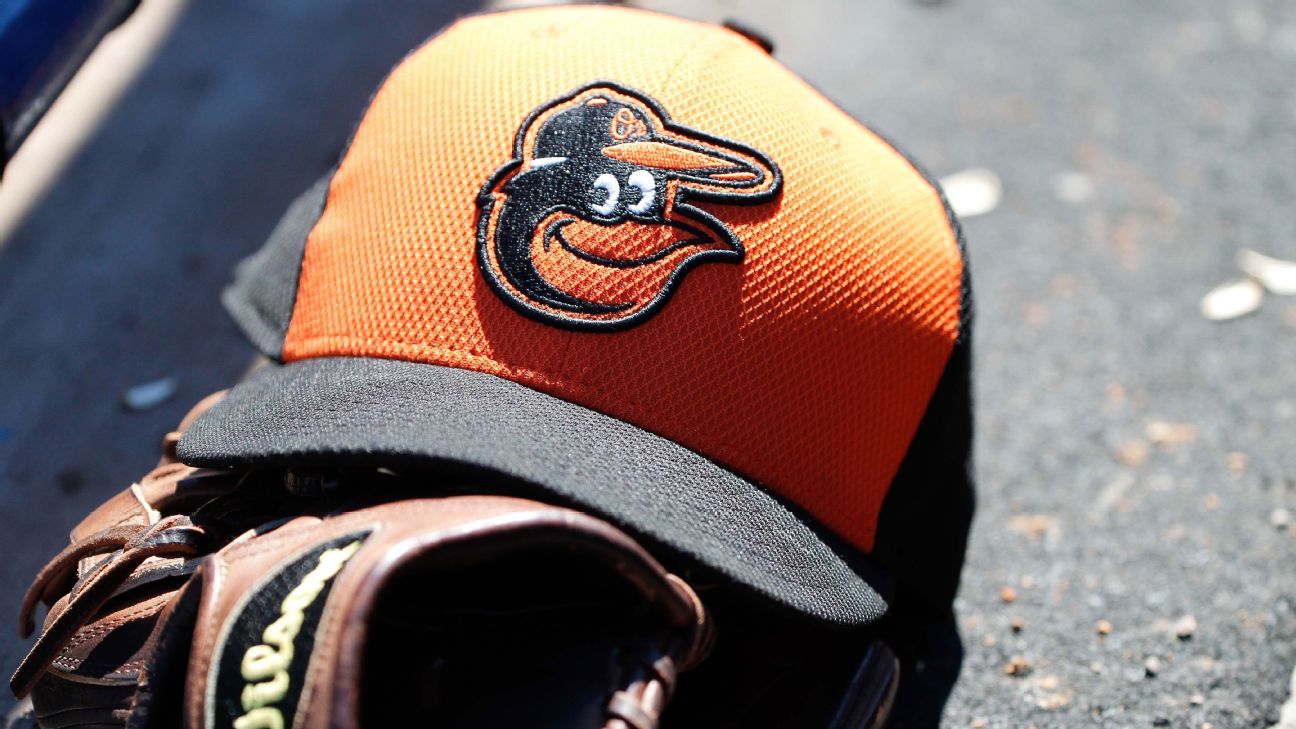
College golfers can start grabbing their pens.
The USGA announced Tuesday afternoon that it will begin waiving most name, image and likeness breaches of its Rules of Amateur Status for NCAA-eligible golfers. This decision, which only applies to rostered college golfers, will bridge the gap between last week’s NCAA announcement and Jan. 1, 2022, when the USGA and R&A are scheduled to put into effect their modernized amateur rules.
“We have kept this pretty focused, looking at roughly 20,000 college golfers," Craig Winter, the USGA’s senior director of Rules of Golf and Amateur Status, told GolfChannel.com shortly before the announcement. "...The basic tenant of what we're doing is if you’re still eligible to play college golf and still on a college golf team, then your activities provided they are OK with the NCAA are going to be OK with the rules of amateur status.”
However, Winter added: "It's not saying you can do anything you want."
The USGA’s interim policy does not cover non-college amateurs, nor does it cover every aspect of Rule 6 (Use of Golf Skill or Reputation), which generally states that “an amateur golfer of golf skill or reputation must not use that skill or reputation for any financial gain.” The important distinction for college golfers compared to their student-athlete peers in other sports involves instruction.
College golfers will still be prohibited from earning money through providing golf instruction and giving lessons.
Proposed rule changes released back in February had only banned "payment for giving face-to-face or traditional instruction" but would allow "one-way, digital or written instruction" and "instruction while working for an educational institution, camp or other program approved by a national governing body." For now, though, the current rules on instruction remain clear: "Except as provided in the Rules, an amateur golfer must not receive payment or compensation, directly or indirectly, for giving golf instruction."
"We still have a process to get our proposed rules across the finish line," Winter said. "Instruction is something that we're still talking about how that's going to play out."
Also, any college golfer who plans to benefit from NIL should be prepared to provide proof of NCAA eligibility (such as a letter from his or her school’s compliance department) prior to competing in an amateur golf competition so the competition organizer can confirm eligibility, as well as become familiar with any policies put into effect by a competition organizer that apply to logos, promotions or advertisements.
The USGA still “strongly encourages” college golfers to clear any NIL-related deals with their respective school compliance departments as laws already differ from state to state.
The NCAA Division I Board of Directors approved June 30 a temporary policy that will allow all student-athletes to benefit from their name, image and likeness starting July 1, when NIL legislation in seven states went into effect. More than two dozen other states are now in the process of doing the same.
The NCAA's policy, which also was adopted by Divisions II and III, essentially suspends almost all of its previous NIL rules for all incoming and current student-athletes in all sports, handing the rule-making to the states and universities, with some exceptions: still in effect are rules that "preserve the commitment to avoid pay-for-play and improper inducements tied to choosing to attend a particular school."
Winter confirmed that some college golfers have already "made some moves," notifying the USGA of their NIL plans while they awaited USGA approval. He also stressed again the importance of players working with their schools, as some NIL-related activities that the USGA has been notified of already would "jeopardize status."
“You look at what we’re doing in ’22, what we proposed, and we still feel like that’s the right direction for this; we’re looking at a full lift of name, image and likeness," Winter said. "We’ve been comfortable with this for the better part of four years, this is just a little hiccup along the way because the NCAA and our rules, the timing didn’t really work out with the way a lot of state legislatures picked July 1 of 2021. ... We had to do something with what the NCAA had just shared, and we felt like this was the least impactful way that we could get through the summer, bridge the gap to get to 2022. Yet, at the same time, we're still assessing what happens, we're reaching out to a lot of stakeholders; they've been waiting for this news, we're sharing it with them and we're going to be listening.
"We'll see what the summer brings as we move into '22, but at this point this is the reaction that we needed to have with respect to what the NCAA did to make sure that these players knew what they could and couldn't do."















 Phone: (800) 737. 6040
Phone: (800) 737. 6040 Fax: (800) 825 5558
Fax: (800) 825 5558 Website:
Website:  Email:
Email: 






